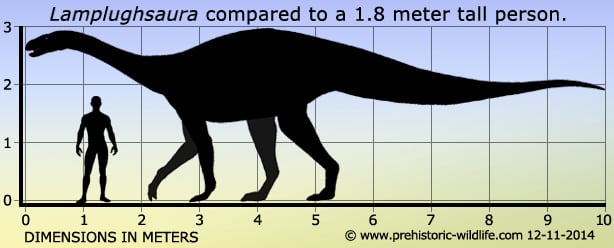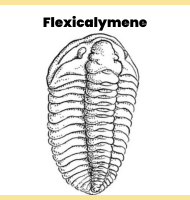In Depth
Living in India during the early Jurassic, the dinosaur Lamplughsaura has been the source of some head scratching amongst palaeontologists. The two main options at the moment are that either Lamplughsaura represents a very advanced sauropodomorph, or a primitive sauropod dinosaur. What can be established however is that Lamplughsaura does represent a transitional form that illustrates the link between sauropodomorph ancestors and sauropod descendents. However, at the time of writing transitional forms such as Lamplughsaura only exist in small numbers, and there is still much to be learnt before a more confident taxonomic assignment can be made about Lamplughsaura.
Lamplughsaura was named in honour of Pamela Lamplugh, the founder of the Indian Statistical Institute (which itself has a dinosaur called Isisaurus named after it), and because Pamela Lamplugh is a woman, the feminine ‘saura’ was chosen for the ending of the named instead of the more usual ‘saurus’, which is masculine. The type species name dharmaramensis more simply means ‘from Dharmaram’, a reference to the Dharmaram Formation where the holotype fossils were discovered.
Further Reading
- Basal sauropodomorphs (Dinosauria, Saurischia) from the Lower Jurassic of India: their anatomy and relationships. - Journal of Paleontology 81(6):1552-1574. - T. S. Kutty, S. Chatterjee, P. M. Galton and P. Upchurch - 2007.










